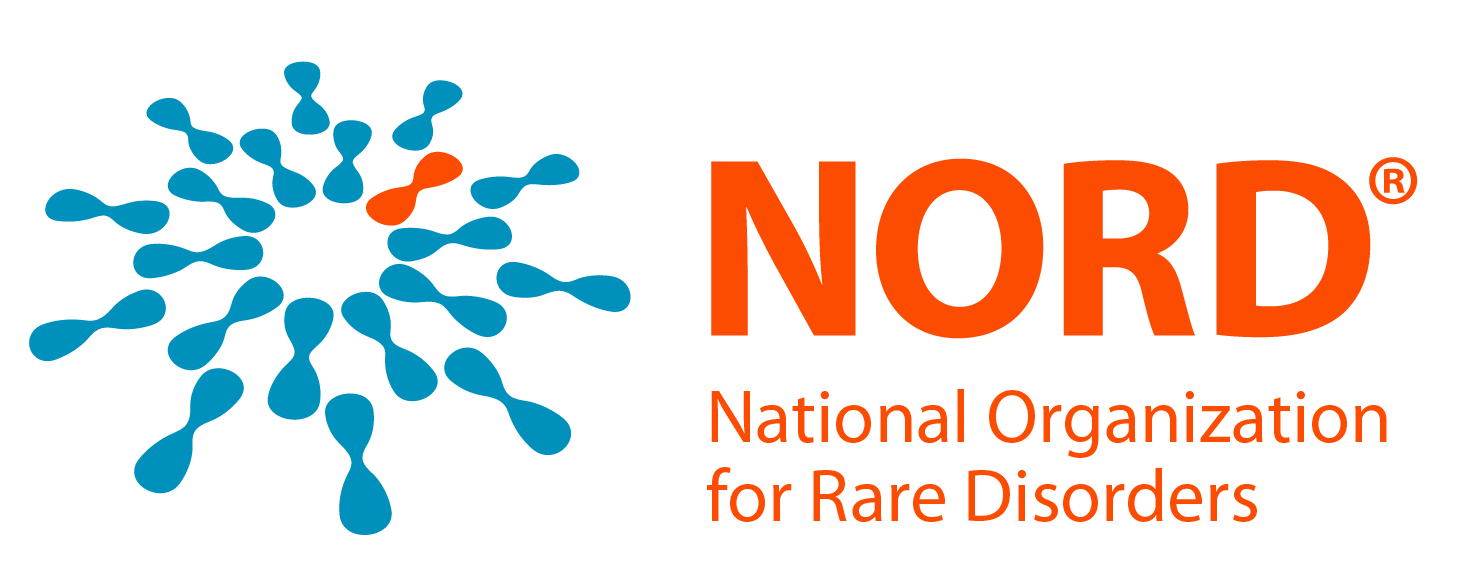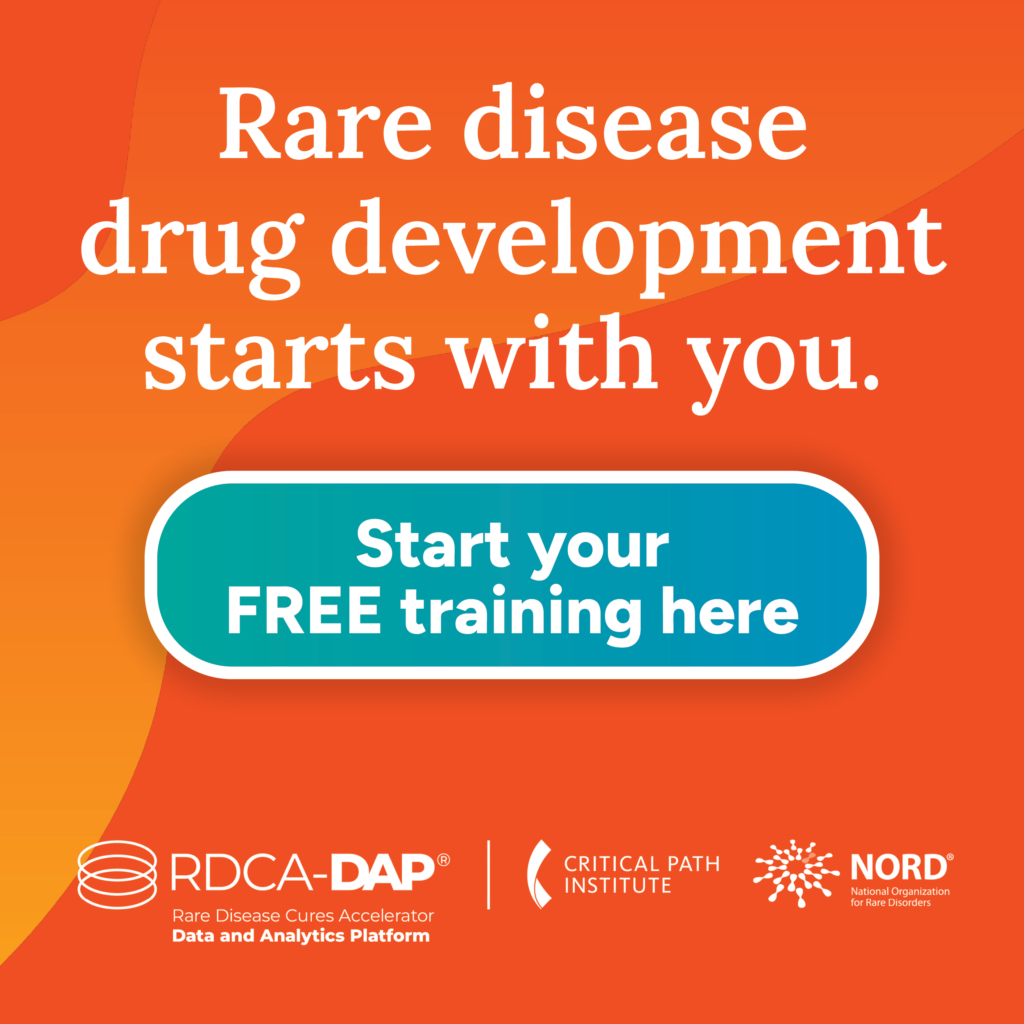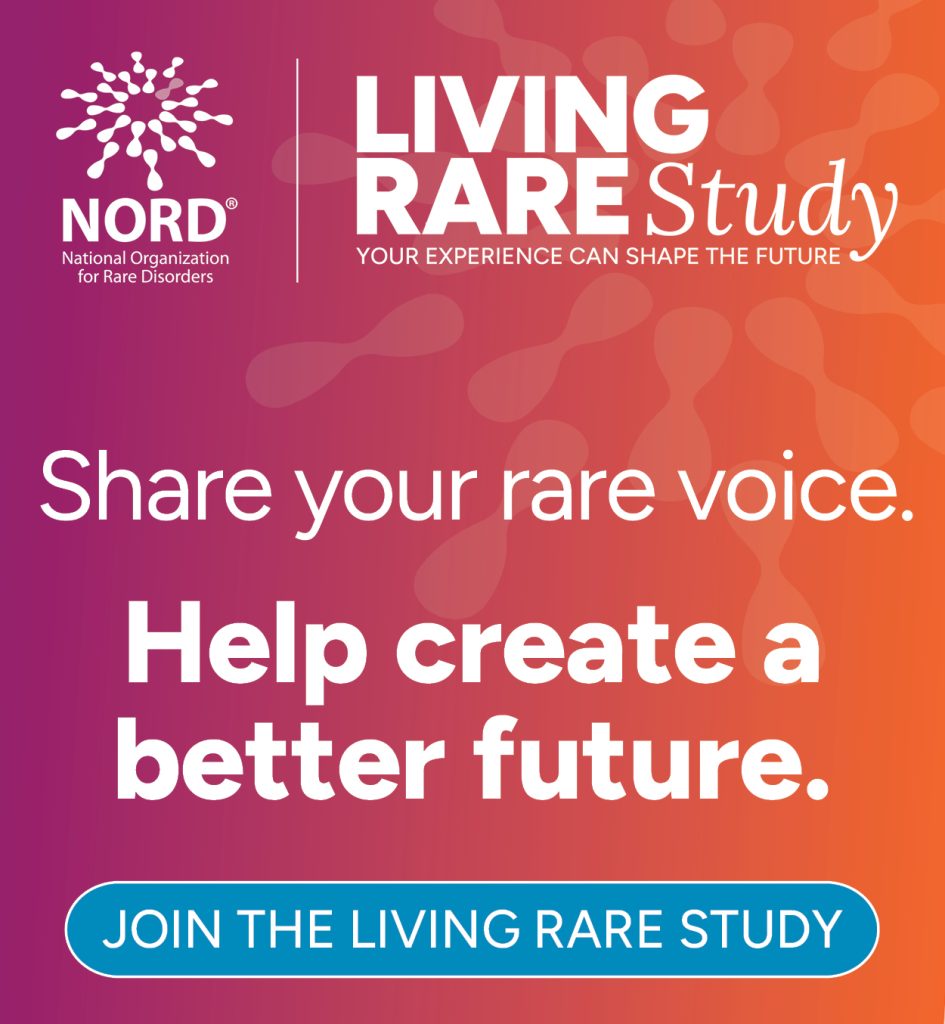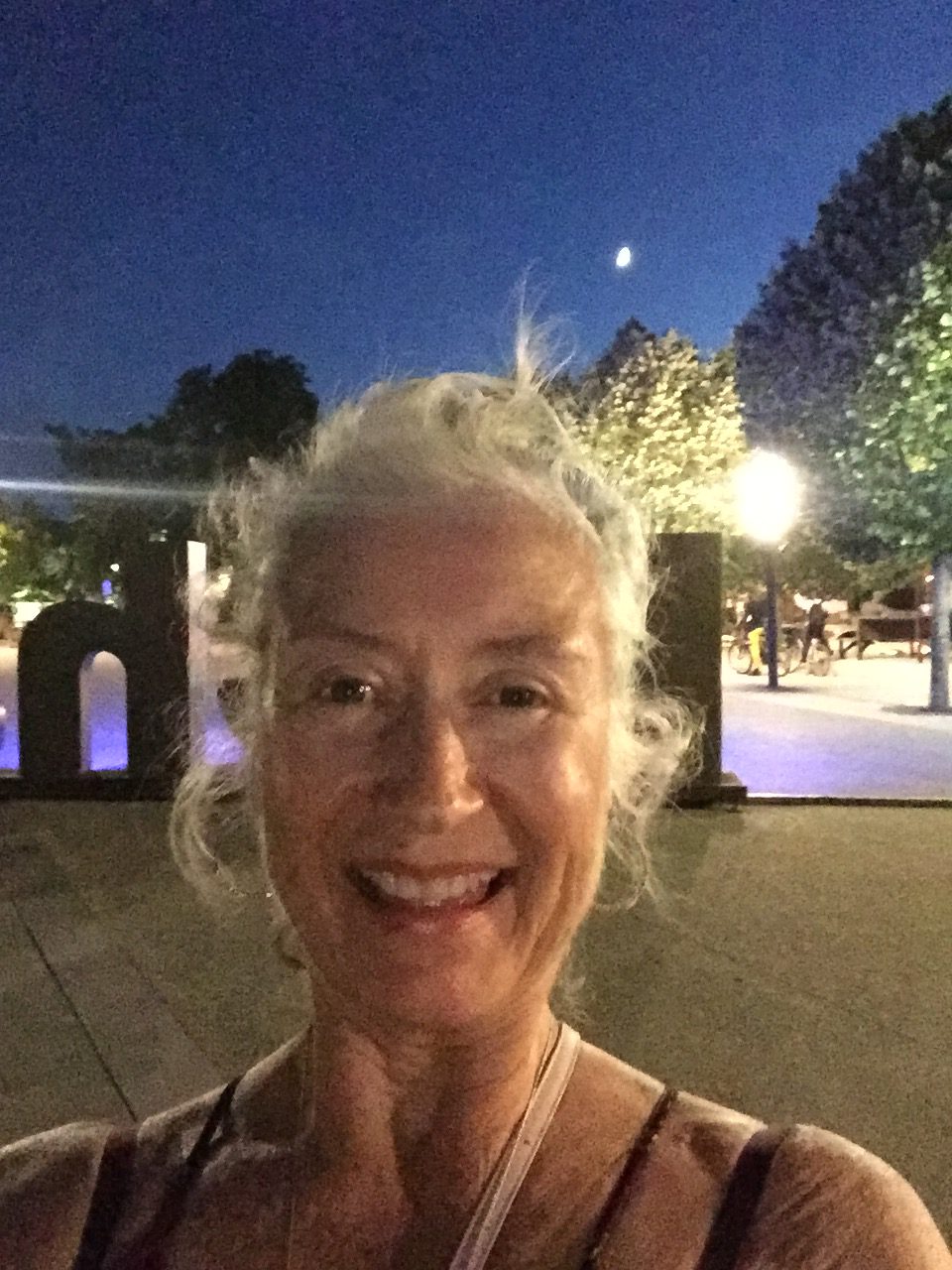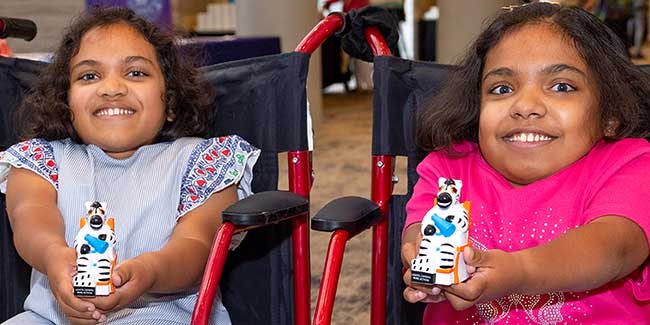Hi! I’m Susan from Philadephia. My journey began in 1991 when I visited a local dermatologist for a strange rash that didn’t go away. That day changed my life. A biopsy was taken and I was told I had a rare form of lymphoma called cutaneous T-cell, mycosis fungoides.
CTCL/MF is a rare blood cancer that manifests in the skin. It is often misdiagnosed because it mimics other more prevalent skin conditions. Often, early-stage MF can be treated with topical therapies, including light treatment. Most people can manage their disease for years, often decades this way. However, there are exceptions to that and I was one of those people whose disease progressed. It didn’t happen overnight, but over the course of six years, I went through every treatment (FDA-approved and off label) that was available at that time. By the summer of 1998, I had run out of options. My disease had progressed to tumor stage with weeping, intense itching that made it difficult to sleep or work. I was headed for a stem-cell transplant. But before I could embark on that long journey, the disease had to be gotten under control, and I begin a three-month course of targeted electron-beam radiation. Thankfully, this course of specialized radiation worked and I did not require the SCT. While my disease went into remission for a period, I continued to receive various forms of treatment over the next 12 years. Today, my disease is under control, with monitoring and management in collaboration with my specialist and treatment required from time to time. I’m one of the lucky ones.
Today, there are new treatments and many potential new therapies currently in clinical trials. The research community is working hard around the world to learn more about this challenging, complex group of diseases. The future looks bright but we have a long way to go. More funding is required to facilitate the research initiatives and make sure new treatments make it through the clinical trial process. Better understanding about disease diagnosis, combination therapy and why the disease progresses for some and not others is key to making sure everyone diagnosed today has access to treatments that will work best for them. We are fortunate to have a collaborative clinical, research and patient community all working together to make this a reality.
This rare, often misdiagnosed disease can be hard to treat and to live with. The impact of living with a very visible disease that can be seen on the skin, along with it being a chronic, long-term disease that needs to be monitored and managed for a lifetime, makes it critical to get the word out about it. It’s also vital that those who are diagnosed know about the resources available through the Cutaneous Lymphoma Foundation, They need to know they are not alone in their journey. That’s why I wanted to share my story.
